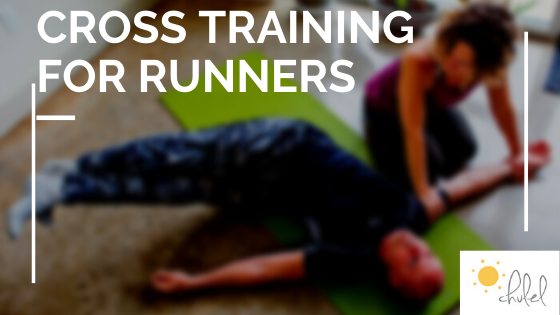As we travel up from the feet and ankles towards the pelvic floor, we hit the adductors and abductors (inner & outer thighs). These are the balance muscles of your legs, the I’m-falling-and-I-can’t-get-up muscles. The inner thighs run contiguous to the pelvic floor and core muscles. AND pretty much everyone is weak in these groups.
Massage
Par for the course of this Pelvic Floor Rehab series, we release, then re-engage. You have a few options for that here. The most cost effective is to purchase a foam roller. I always advocate buying a 36” roller as they are more versatile for things like core work in addition to release work. You have the standard density option (which can be pretty intense for certain areas of the body) or a less dense, softer version. Amazon has everyone beat that I ever see in terms of price, a link to purchase here. And here’s a link to a previous video on how to use a foam roller on the inner thighs as well as a trigger point release for the pubic bone.
You can also use a theragun or other self-massager. Two of my favorite options are here for a more affordable version and here for a more versatile version, particularly for when we get into the pelvic floor releases in a couple episodes. There are attachments to the latter massager that make it easier to access smaller muscles and yield a more pinpointed release.
Lastly, I love cupping the outer thighs/IT band. It’s an easy thing to do as you watch TV and is not rocket science. Here’s a link to the cupping set I’ve used for years. Alternatively, you can foam roll your IT band, link on tips for that here.
So, massage/roll/cup the inner and outer thighs. We also do some work on the Quadratus Lumborum (QL) in this video. This muscle causes a lot of issues for a lot of people and is often tightened up on just one side, lending someone to be crooked. I find that it becomes that way, in part, because of weakness in the muscles targeted in this video.
Stretch
You can easily stretch your IT band/abductors by putting a towel around your foot and pulling your leg across your body. Alternatively, you can put one foot on a surface like a chair or couch and then twist your body over that extended leg. Try to drop the targeted butt cheek towards the floor as you stretch.
For the inner thighs/groin, here is a shortened version of my favorite stretch that is also in this video.
To stretch the QL, stand inside of a doorway, bring your inside leg forward and grab onto the doorframe—you’re bending over the direction of whichever leg is forward. So, right foot in front, you’re bending to the right to grab onto the doorframe. You can gradually add a twist of your chest towards the doorframe and you may feel this stretch go all the way down your back.
Activate
My preferred way to activate the abductors is a simple side leg lift, a la Jane Fonda. I find that this isolates them better than doing a side squat walk with a band around the thighs. In a squat walk, I feel like people load more into the quads. Here’s a link to a shorter version of what I’m talking about.
For the inner thighs, you can adduct the legs (bring them together) with them up on a wall or in the air. Here’s a version in the air, which works the core more. If your hamstrings are super tight, the wall might be better. You can also start with a more gentle version like this with the knees bent.
The QL is the ‘hip hiker’ muscle. If you stand on an elevated surface like a curb or even a yoga block, you would pull the hip up directly to your ear on that respective side. You’ll know which side is your weaker if that motion feels completely foreign to your brain.
Having good stability in these muscles is a critical piece to balance and therefore aging well. This means aging well for all genders. Some of my male clients talk about these machines in the gym and refer to them as the ‘chick machines’. Balance is for everyone, so don’t forget to target these just as much as squats and lunges in your workouts—stability in these muscles will make things like lunges easier. And, these are the struts to the pelvic bowl, so inner outer thigh strength is pelvic floor strength. Channel your inner Jane Fonda, y’all.







